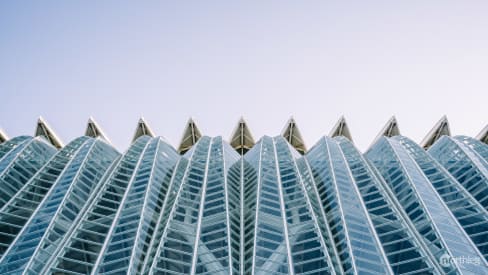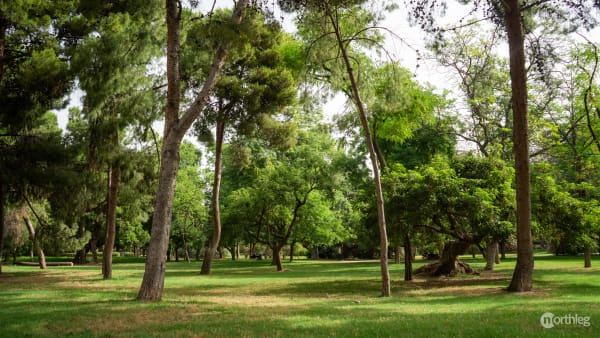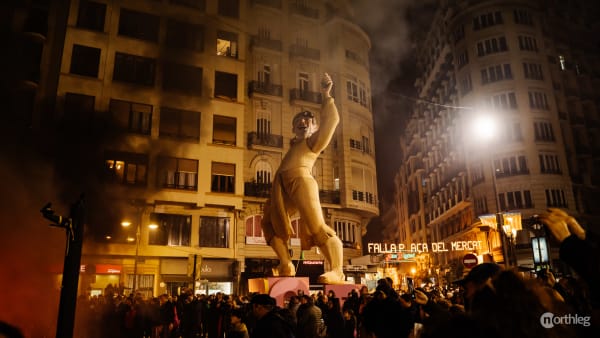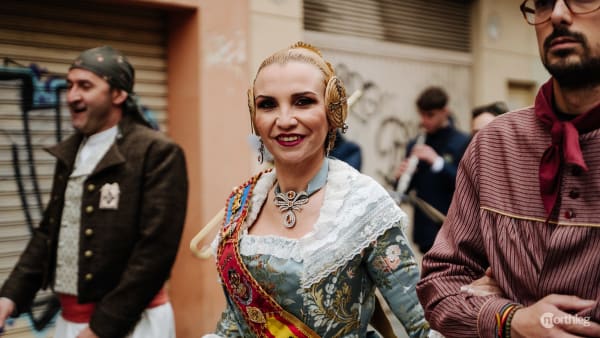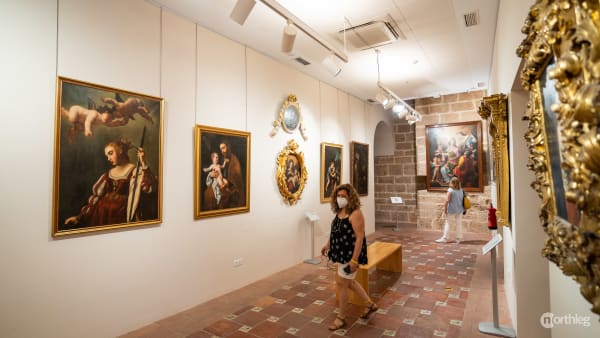Buildings of the complex
Buildings of the complex
Ciudad de las Artes y las Ciencias is an ensemble of six areas and buildings that rises at the end of the dry Turia river bed, now turned Turia garden. The complex occupies an area of about 350,000 square metres (about 3.7 million square feet).
These elements are, from north to south, the Palau de les Arts Reina Sofía, the Hemisfèric, the Museu de les Ciències Príncipe Felipe, the Umbracle in front of it, and on the other side of the Assut de l’Or bridge, the Àgora and the Oceanogràfic.
Palacio de las Artes Reina Sofía
The Palacio de las Artes Reina Sofía (Queen Sofia Palace of the Arts) is an arts centre dedicated to music and the scenic arts. It acts as an opera house and has hosted many cultural events such as dance performances, theatre and music in its auditoriums.
The centre, also called Palau de les Arts Reina Sofía in Valencian, is possibly the most visually enigmatic building in the City of Arts. It nonetheless retains a strong presence with its appearance, reminiscent of a sea vessel, spacecraft, or even a shark (El Tiburón), as many in Valencia call it.
This magnificent structure is surrounded by more than 71,000 square metres (equivalent to about 764,238 square feet) of landscape and water.
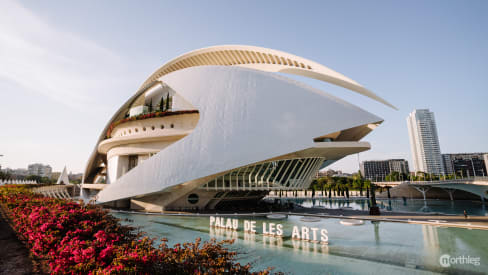
The building is shielded to the sides by two laminated steel shells. What resembles a floating feather covers the top of the building. Its interior platforms are interconnected through stairways and panoramic lifts.
The Palau de les Arts is equipped with large stages and the latest technology, which helps bring to life all sorts of opera, plays, musical and dance performances.
If you want to learn more about this venue, you can check out our article about the Palacio de las Artes Reina Sofía.
L´Hemisfèric
The Hemisfèric was the first building in the City of Arts and Sciences to be completed, in 1998. It is an audio-visual space that houses a planetarium, 3D screen, and IMAX Cinema.

It was designed to look like a futuristic, mechanical eye, open to the world and the stars above. Being inside it feels like being inside a gargantuan, bionic creature. The ovoid roof contains in its interior the large sphere (the iris of the eye), which constitutes the projection room.
At night, the figure is completed by the symmetrical reflection in the surrounding pool. Like other elements in the City of Arts, the Hemisfèric integrates and connects interiors and exteriors, by opening up the brise-soleil on the facade.
If you want to know more about this building, have a look at our article about the Hemisfèric.
Museo de las Ciencias Príncipe Felipe
Museo de las Ciencias Príncipe Felipe (Prince Philip Science Museum) is a dynamic, interactive museum with five floors dedicated to science, technology and the environment.
Most of the space is devoted to hands-on exhibitions, both permanent and temporary. The Museum also hosts major cultural and scientific events.

This monumental building resembling the skeleton of a pre-historic whale is a colossus made up of pillars and arches, pure, defined lines, hypnotic in their repetition and symmetry.
From its terraces, you can enjoy spectacular views over the entire city and the Turia park.
If you want more info on this, we have an article about the Museo de las Ciencias Príncipe Felipe.
L’Umbracle
The Umbracle is an urban public garden, a gateway to the City of Arts. The whole construction stands on top of the underground car park dedicated to the Ciudad de Artes visitors.
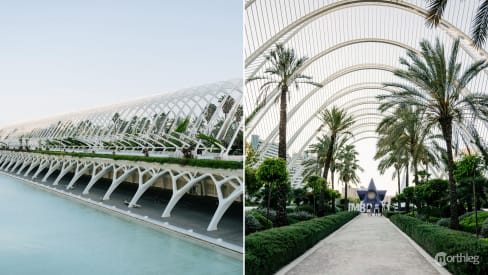
The modern construction, which stands right in front of the Museo de las Ciencias and the Hemisfèric, features a series of parallel parabolic arches.
These provide shade to a long garden of palms and other Mediterranean plants, whose colours and appearance change constantly throughout the seasons of the year. During the summer months, a section of the space also becomes an open-air nightclub after dark.
If you want to read more about this space, you can check our article about theUmbracle.
L’Àgora
The Àgora is a covered and versatile space designed to hold events such as concerts, exhibitions, conventions and international sporting events.
The glass and metal structure, with its pointed ellipse shape, is reminiscent of a giant whale, silently leaping out of the surrounding waters.

The venue hosted the Valencia Open 500 ATP between 2009 and 2015, and it is now in the process of being renovated to host the new CaixaForum Valencia.
This will be a mixed exhibition and cultural centre, with educational spaces and social events halls. While the interior of the Àgora cannot be visited at the moment (and it is unclear when it will be again), the outside still offers a spectacular view.
Oceanogràfic
The Oceanogràfic’s buildings almost seem to float like pond flowers in the waters of the City of Arts, their curved surfaces reflecting the nearby environment.
Inside is Europe’s largest aquarium, made up of several underwater halls, all connected through floating walkways and gardens.

This research and leisure centre is composed of many separate areas, meant to represent the most important marine ecosystems on the planet.
The aquarium hosts around 45,000 animals from 500 different species, including penguins, dolphins, giant tortoises, beluga whales, and crocodiles. A visit to it is almost mandatory when you come to Valencia.
If you would like to learn more about this amazing centre, we have a whole article dedicated to the Oceanogràfic.
Accessibility
The buildings of the City of Arts offer quite good accessibility.
Entrance points either have adapted turnstiles or staff available at all times to allow access. Inside routes have, for the most part, no change in levels and smooth, slip-resistant floor surfaces. Where changes in levels are present, access ramps are available. Doors and corridors are at least 120 cm wide.

There are accessible routes for persons with reduced mobility between buildings and floors. Lifts connect all floors inside the buildings, with some requiring authorisation from staff.
Enclosed areas within the buildings (shops, bars, restaurants) either have no doors, glass doors that allow visual contact with the inside, or adapted doors. Adapted toilets for people with reduced mobility are available.
The Umbracle underground car park has reserved parking spaces. Accessible routes with adapted lifts to each building are available.
For more in-depth information about each building, you can check out the Ciudad de Artes accessibility page .


